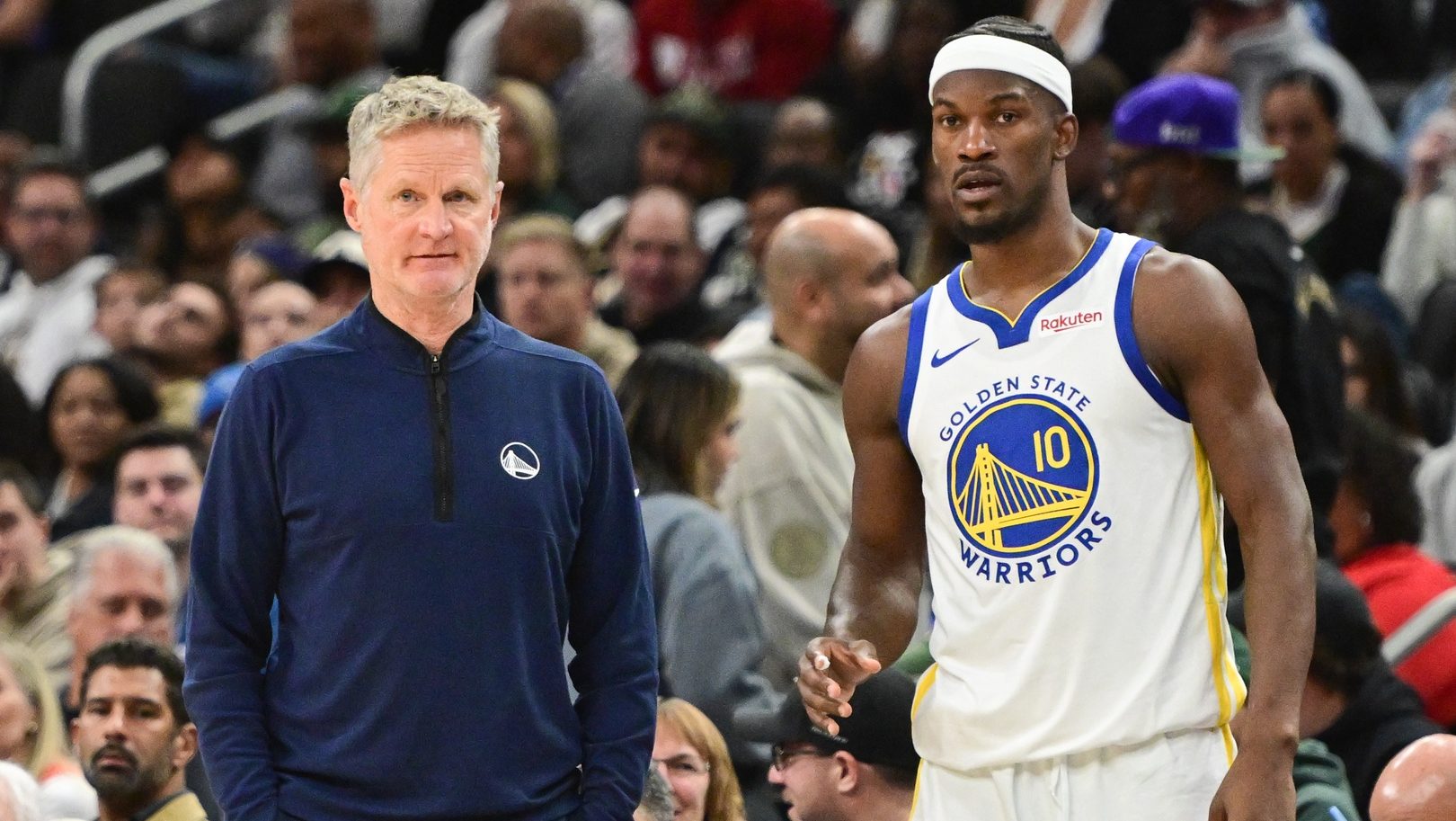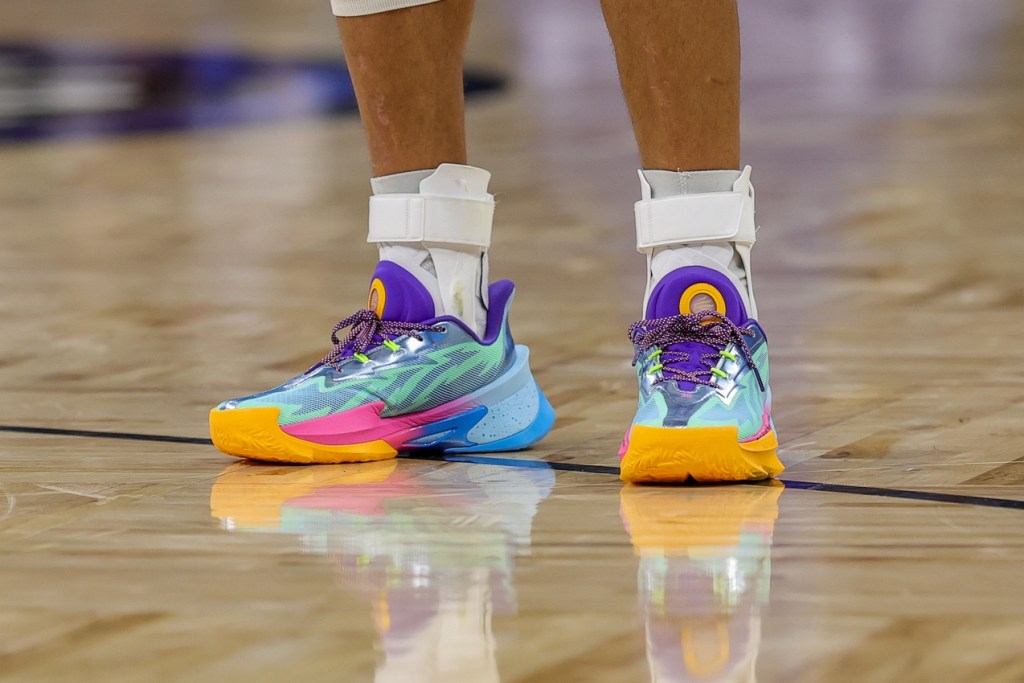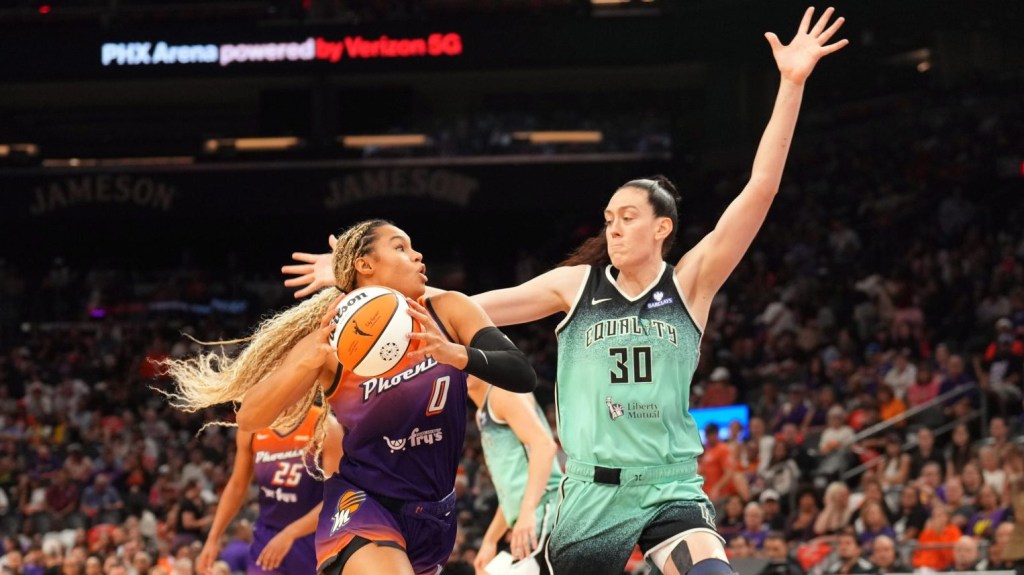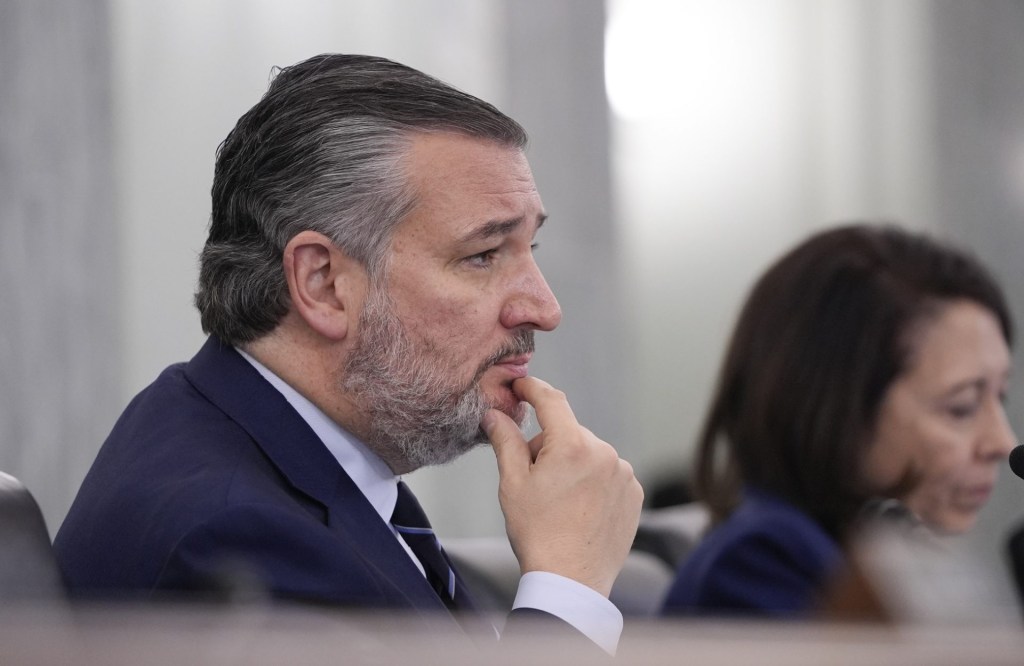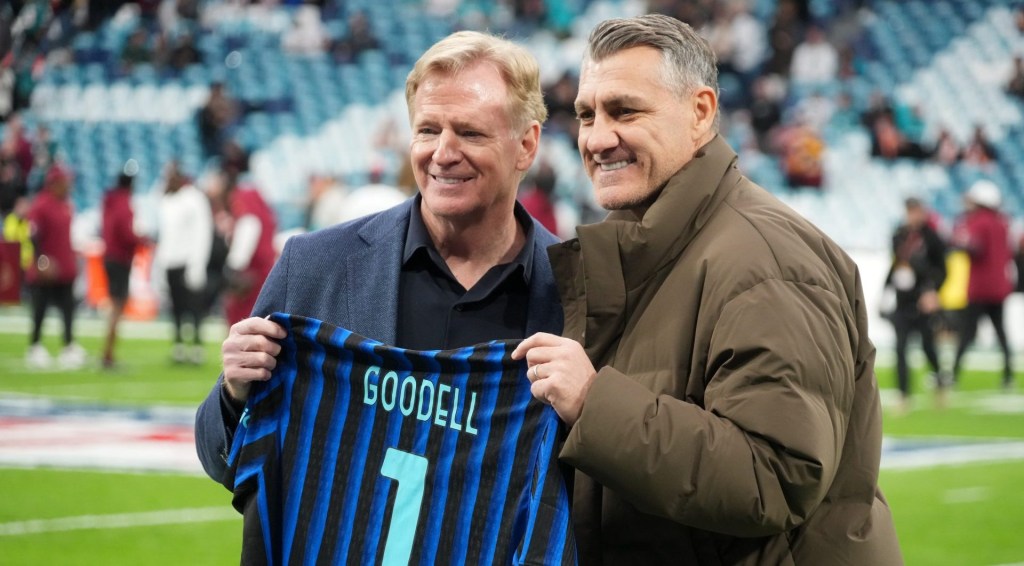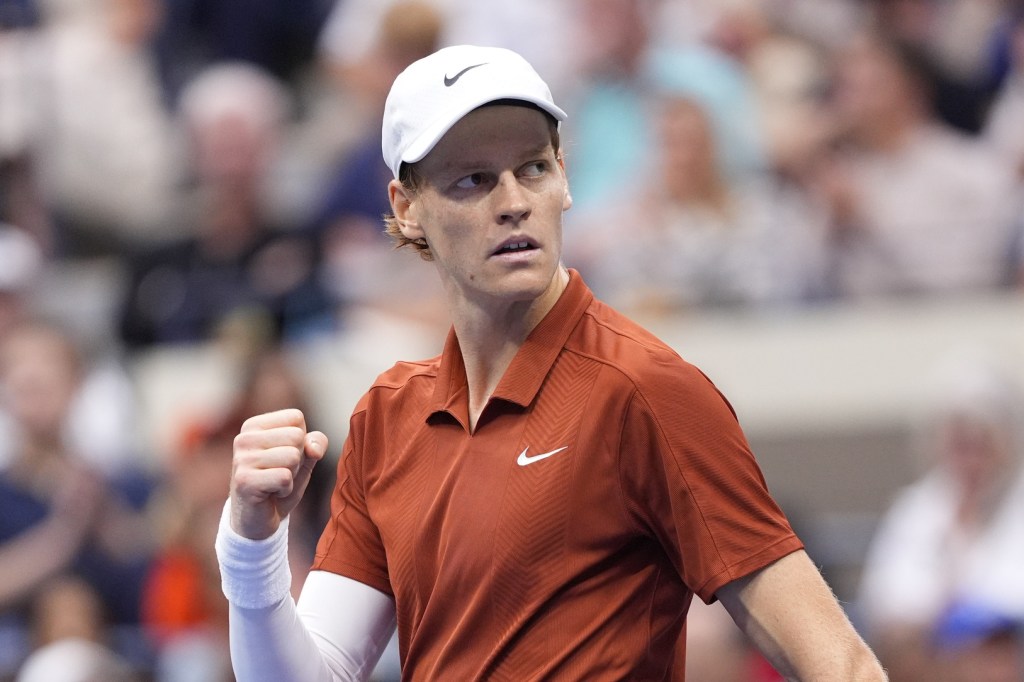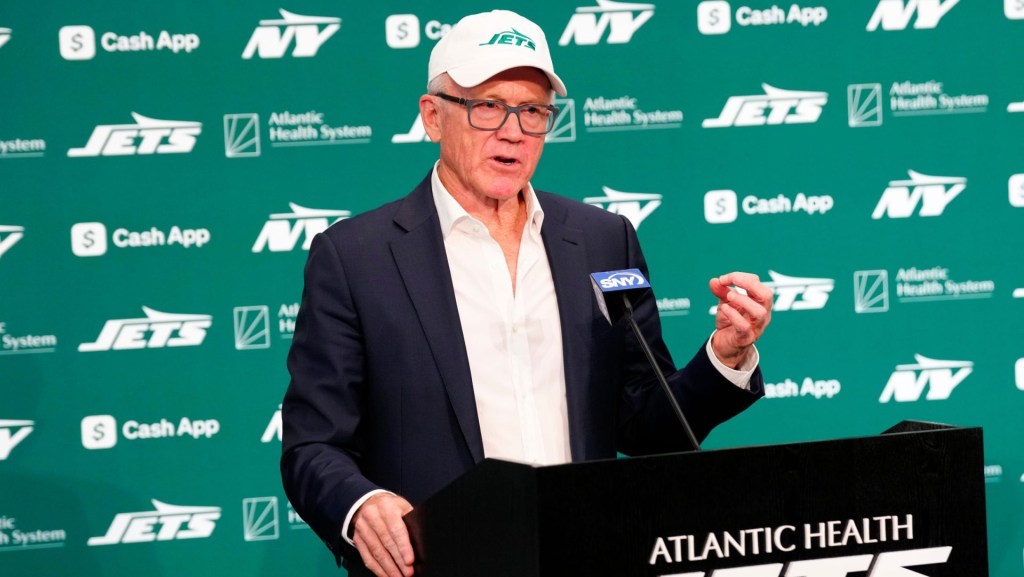On Tuesday, LeBron James made his long-awaited season debut after sciatica delayed his return to the court.
The same day, Giannis Antetokounmpo, Victor Wembanyama, and Ja Morant were ruled out for at least a week with injuries of their own. The sidelined players joined a growing list of stars that will miss or have missed significant time in the first month of the 2025–26 season.
Asked about the string of injuries around the NBA, Warriors head coach Steve Kerr—who has been outspoken about the league’s schedule for several years—said he’s “very concerned” about injuries, citing the “dramatic” increase in pace as a leading culprit.
Numbers show that the NBA’s pace has seen significant increases in recent years. Pace is an advanced stat that measures a team’s possessions per game, and 24 of 30 teams have a pace above 100. In the 2015–16 season, only one team had a pace of at least 100 (ironically, the Kerr-led Warriors).
And it’s not only that there are more possessions—it’s that NBA teams are doing more within each possession.
“I think across the league, everybody understands now that it’s just easier to score if you can beat the opponent down the floor, get out in transition. But when everyone is doing that, the games are much higher pace, faster pace then everyone has to cover out to 25 feet cause everybody can shoot free. We have all of that, so players are running faster, further than ever before,” Kerr said ahead of the Warriors game in Orlando.
Kerr said that the Warriors medical staff has the same assessment.
“They believe that the wear and tear, the speed, the mileage, it’s all factoring into these injuries,” Kerr said.
To combat injuries, teams have responded by resting players during certain games, now notorious as “load management,” a term popularized in the late 2010s arou then-Raptors star Kawhi Leonard.
The NBA has tried discouraging teams from load managing players through a player participation policy that started in the 2023–24 season. The league fined the Cavs a $100,000 fine Tuesday for resting stars Evan Mobley and Donovan Mitchell during a Nov. 12 game against the Heat. Under the policy, teams must “manage its roster to ensure that no more than one star player is unavailable for the same game.” (The league defines “star” as a player who has made the All-Star Game or an All-NBA team once in the last three seasons.)
Kerr said the NBA has done a “great job of trying to protect players” by cutting down schedule overloads that include four games in five nights. But he said that most games are now scheduled every other day, which cuts down on practice time.
“The wear and tear is there anyway because it’s the accumulation of all those games and the speed and pace and mileage,” Kerr said.
The 2016 NBA Coach of the Year said he’s been pushing a shortened season in league meetings, and said cutting the season to 72 or 75 games would “make a dramatic difference for the players.” He’s aware that it’s hard to make a case given fewer games likely means less revenue.
“The tricky part is that everyone, all the constituents would have to agree to take less revenue. In 2025 in America, good luck. In any industry, to agree. Imagine some big company to say, ‘You know what, we’re not that concerned about our stock price. We’re actually concerned about employing people and giving people a stable job and making our product better,’” Kerr said.
Kerr and the Warriors, the second-oldest team in the NBA, have as strong of a case as anyone in the league to complain about the league’s schedule to start the season. As of Tuesday, they’re the only team that has played 16 games, while most have played 14 or 15. The Rockets have only played 12.
Golden State plays its 17th game on Wednesday in Miami, their sixth straight road game.
